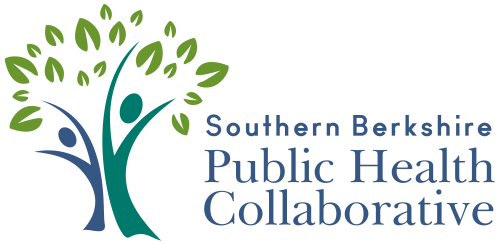Nuisance Beaver Permit
Beaver Conflict Resolution Overview
The MA Department of Wildlife has assigned local Boards of Health the responsibility of investigating nuisance beaver or muskrat complaints and issuing emergency removal permits in Massachusetts. Rising waters caused by beaver activity can become a public health issue when they infiltrate septic systems, threaten wells, or flood roads, dwellings, farmland or other similar circumstances listed in MGL Ch131 S 80A. In these instances, the Board of Health is asked to determine whether immediate action is needed to the threat to human health and safety and to issue a Nuisance Beaver Permit. The Nuisance Beaver Permit may allow any or all of the following activities:
- Beaver Removal: The Local Board of Health can issue a permit allowing a trapper to remove nuisance beavers outside of the normal beaver trapping season. This permit is required only outside of the legal trapping season, which runs from November 1st- April 15th, or when specific traps (Conibear) are requested to be used. After receiving a permit application, the LBOH can issue a permit that provides a 10-day window in which to trap and remove the beavers. The Board of Health can permit the removal of the nuisance animals only.
- Breaching of Dams*: The Nuisance Beaver permit process is also used to ask the Board of Health to breach or remove a beaver dam Before issuing a permit for these activities, the local Conservation Commission must issue an Emergency Certification before any activity can commence since breaching activity includes activity in the wetlands. Dam breaching is considered a very temporary action that will not prevent the issue from returning.
- Installation of Water Flow Device*: The Nuisance Beaver permit process is also used to get permission to install a water flow device, commonly known as a “Beaver Deceiver”. Before issuing a permit for these activities, the local Conservation Commission must issue an Emergency Certification before any activity can commence since breaching activity includes activity in the wetlands. A good overview of the use of water flow devices can be found here. Note that there are often grants that can be used to cover the cost of installing one of these devices.
Contact your Board of Health to find out in what form they would like the Beaver Conflict Resolution Application (either paper or online), any required fees, a property owner permission form (if proposed activity is not on your property) and Conservation Commission approval (if required) to be submitted to their office. Once the completed packet comes in, the Board of Health will likely visit the site to make a determination that the beaver is triggering a threat to public health. Note that if you are proposing activity that is not on your own property, you must obtain permission of the owner on a Landowner Consent Form allowing the trapper to enter the premises.
